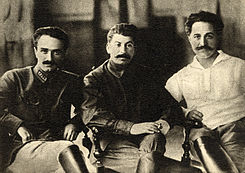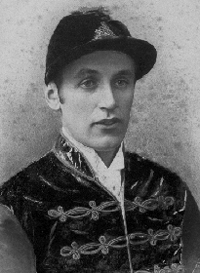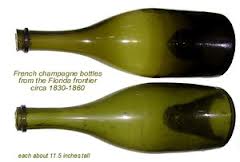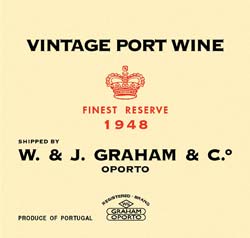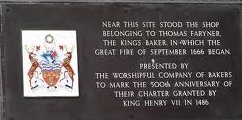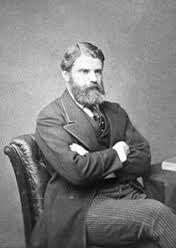Sam Pepys, bon viveur, ladies’ man, naval administrator extraordinaire and diarist, was no stranger to hangovers. A cup of morning chocolate was sometimes enough to get him fit for work but, typically he was consumed by guilt and self-loathing after over-indulgence – be it in food, sex or wine. 9th August 1660 was perhaps an exception. He’d started a long day with ‘a great deal of Rhenish wine’ before meeting up for dinner and more wine with his wife and friends. After dinner (probably around 2 pm) his wife went to visit another friend but Pepys ducked out to go back to work before returning later for beef and more wine. The next day he was very low – having slept badly and endured a ‘great loosing upon me’ – but struggled into work before watching a foot-race around Hyde Park.

Sam Pepys looks serious
Could he blame the wine? High sugar German wines are often accused of causing headaches; if the culprit is not the ‘Red Wine Headache’, dignified as the RWH syndrome. Some suggest it’s simply the result of cheap, short-cut wine-making; others that high levels of sulphur dioxide may be implicated – though fewer than 1 in 1000 has any true allergy to sulfites (the collective name for sulphur products used in wine).
Rhenish wine was a catch-all description for wines from the German Rhineland but there was a recognized set of London taverns (probably run by Dutchmen or Germans) specialising in such wines. The one Pepys went to was in King St, just north of the Houses of Parliament.
We don’t know what the wine that Pepys indulged in would have tasted like. It would have been ‘white’; it might have been made from Riesling grapes (first documented in 1435) but could have been Elbling (though this is very acidic) or Sylvaner. Hugh Johnson described in Vintage, The Story of Wine the experience of drinking a bottle of 1540 Steinwein from Wurzburg. Though brown in colour (like Madeira) this wine from a legendarily hot year was on first tasting “still alive”, though it quickly oxidised. This doesn’t tell us much and I’m sure Pepys knew little more. A day later (11 August 1660) he decided that the wine was to blame. It usually is.
v\:* {behavior:url(#default#VML);}
o\:* {behavior:url(#default#VML);}
w\:* {behavior:url(#default#VML);}
.shape {behavior:url(#default#VML);}
72
544×376
Normal
0
false
false
false
EN-GB
X-NONE
X-NONE
/* Style Definitions */
table.MsoNormalTable
{mso-style-name:”Table Normal”;
mso-tstyle-rowband-size:0;
mso-tstyle-colband-size:0;
mso-style-noshow:yes;
mso-style-priority:99;
mso-style-parent:””;
mso-padding-alt:0cm 5.4pt 0cm 5.4pt;
mso-para-margin:0cm;
mso-para-margin-bottom:.0001pt;
mso-pagination:widow-orphan;
font-size:10.0pt;
font-family:”Times New Roman”,”serif”;}

